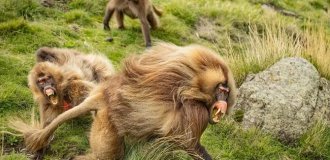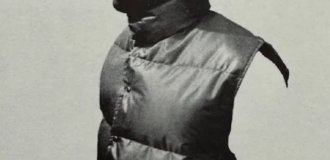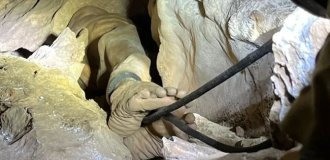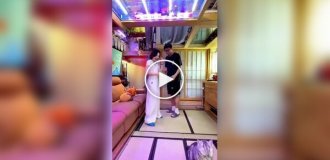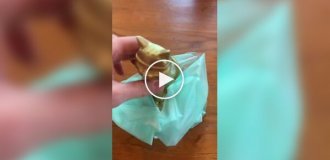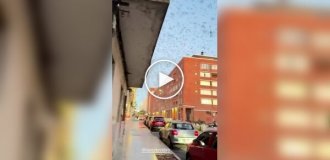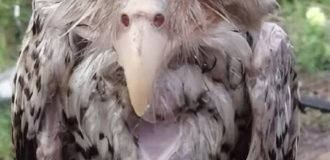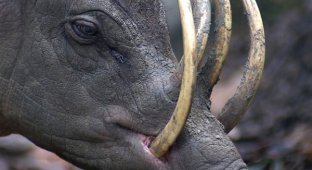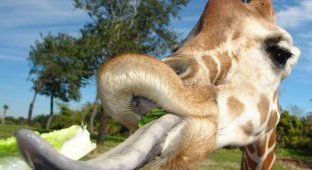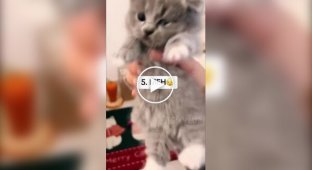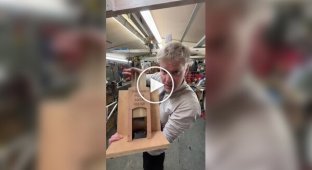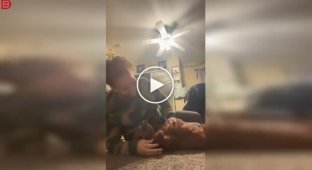Unexpected additional organs: a lemur has 2 tongues, an octopus has 3 hearts, a turtle has "lungs" in the back (12 photos)
There are situations when you want to stand up and exclaim: "Why don't I have a spare liver!" Alas, but our own body teaches us to take care of ourselves. But this cannot be said about some animals, because they just went and grew several spare organs! 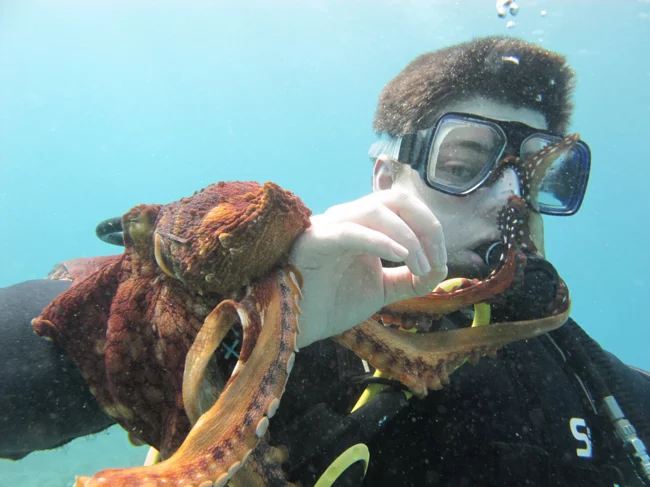
Two languages - lemurs
For example, King Julian's subjects acquired two languages. This feature is available to almost all species of lemurs, from the ring-tailed lemur to the loris and aye-aye. Oh, how useful this would be after another careless sip of hot tea... A duplicate of the strongest muscle is called the sublingual or hypoglossal. And what is it for? To speak two phrases at once? No, to brush your teeth! 
This white thing under the tongue is the extra tongue.
The thing is that the lower teeth of lemurs are long and thin - like the teeth of a comb. In fact, they are called a toothcomb. Primates use it to comb themselves and each other - this is an important element of social interaction. Like any comb, hair gets stuck in the toothcomb of lemurs. But you can't stick your paws in the mouth every time after grooming? That's how the second language appeared! 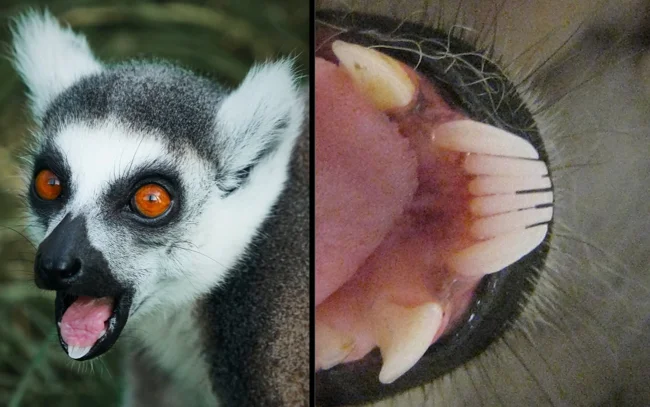
This is the case when not only your own hair, but also other people's hair constantly ends up in your mouth!
While the main tongue of a lemur is boneless, the sublingual consists of cartilage and hardened keratin serrations. These serrations fit perfectly into the joints between the gaps in the tooth comb. All a lemur needs to do is lick its lips, and all the hair that got stuck between its teeth disappears.
Three hearts — octopuses
But octopuses decided not to stop at one additional organ. These cephalopods suffered from acute heart failure, and they decided that they needed three hearts to live a good life! One of them is the most ordinary, but the other two are special. They are called gill hearts and are located right next to the respiratory organs. 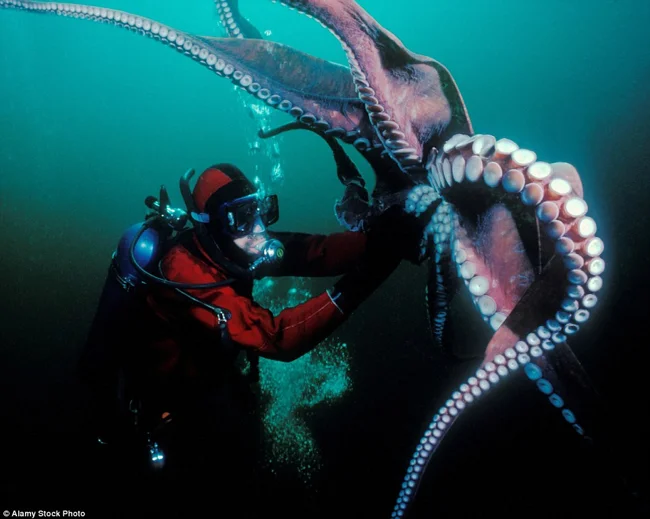
Oh no, a person does CPR on an octopus, but doesn’t know that three hearts need to be pumped, not one!
The main heart pumps blood throughout the body, the additional ones help saturate this very blood with oxygen. Gills are a web of thin capillaries. To pump blood there, you need a serious pressure, which one octopus heart does not provide. But why, of all the gill-breathing animals, only cephalopods thought of growing additional organs? It's all about the color of the blood. It's blue in octopuses. In the truest sense of the word! 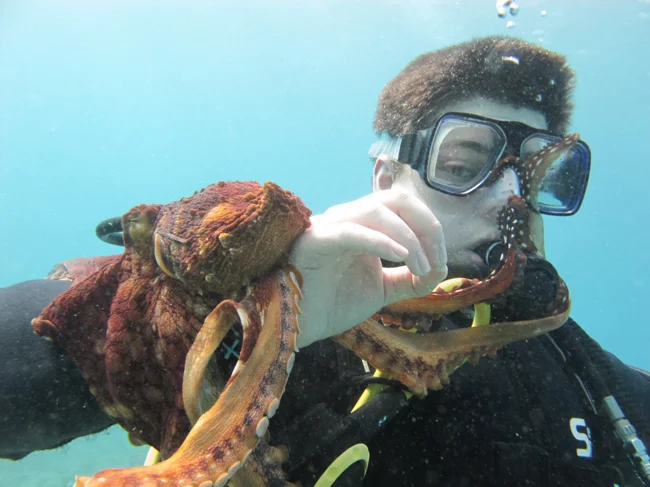
I'm a blue-blooded person! I do whatever I want! 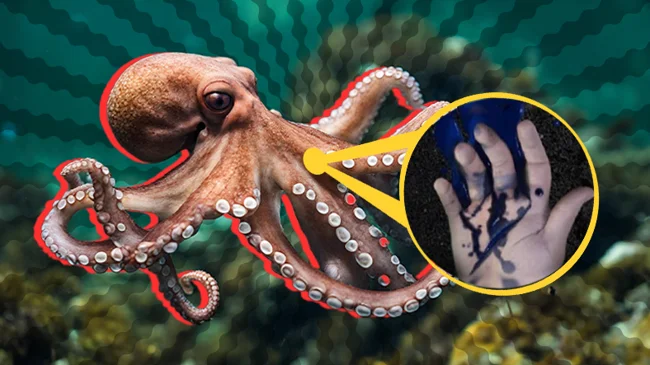
Someone's pen leaked, and I got an octopus!
If you didn't skip biology classes at school, you remember that hemoglobin makes our blood red. Or more precisely, the iron it contains. This protein is responsible for transporting oxygen throughout the body. Metal atoms capture oxygen molecules and transport them to all parts of the body. So, in mollusks and some arthropods, hemocyanin performs the same function. Only instead of iron, it contains copper. When oxidized, it turns blue. 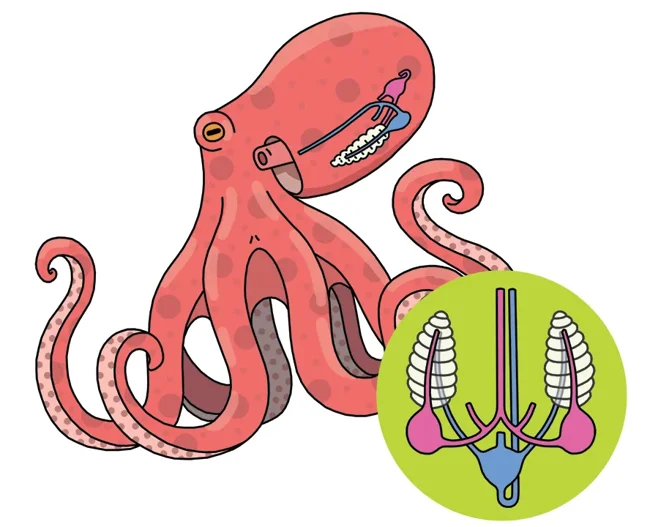
The blue heart is the main one. It pushes the blood throughout the bloodstream. The two red hearts are the gill hearts.
The functions of hemocyanin and hemoglobin are similar, but their efficiency is different. While our proteins transport 4 oxygen molecules at a time, invertebrate proteins work one to one. That is, copper atoms in a unit of hemocyanin bind one oxygen molecule. This means that in order not to suffocate, an octopus needs to pump blood 4 times more intensively!
Third eye - amphibians and lizards
There are cases when a spare set of parts is inherited by animals. For example, this is the case with lizards, salamanders and frogs. They inherited a third eye from their ancestors. True, without insight and universal wisdom. And the eye itself is not very good. It sees disgustingly - only light and shadow, cannot focus, and also sits under the skin, on the very crown. However, you can't call it completely useless either. The parietal eye is almost like an AI assistant! 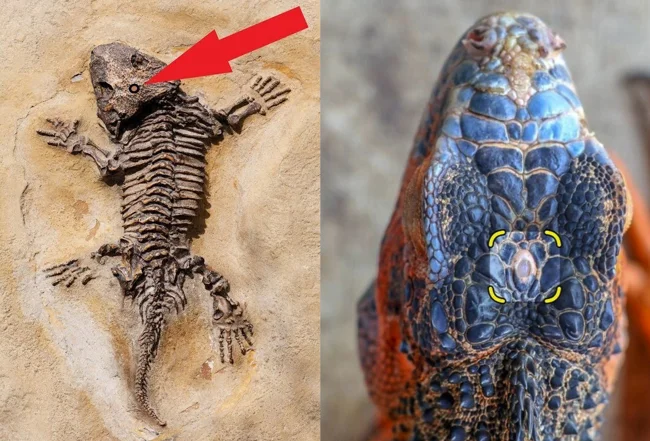
The third eye of a reptilian. What if the conspiracy theorists were right all along...
With its help, amphibians and reptiles build their daily routine. The unpaired eye is part of the pineal complex. This is a system of organs that reacts to the light around us and controls the activity of the body. In us, these functions are performed by the brain. And in reptiles, it is the third eye. It is this that sends a signal that night has come, it is time to produce melatonin - the sleep hormone. With this same third eye, cold-blooded animals "feel" the approaching winter. The eye on the back of the head detects that the days are getting shorter and the nights are getting longer. This means it is time to prepare the body for anabiosis or hibernation. 
A pimple on my nose tells me to go to bed.
In addition, the additional eyepiece makes the picture of the world of reptiles and amphibians wider. Yes, the image on it is extremely blurry, but studies show that the third eye is capable of capturing waves in the ultraviolet range. In addition, it reacts to light and shadow. This means that the animal can feel a predator hanging over it with the back of its head. 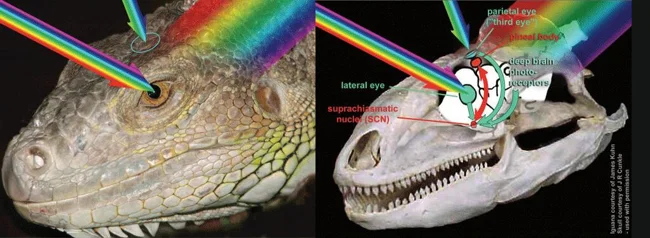
Light specters that reptiles capture with their main and additional eyes.
Two pairs of "lungs" - water turtles
While lizards are sunbathing, some turtles have received an upgrade to splash around in regular baths longer. To do this, they have learned to breathe... through the cloaca. 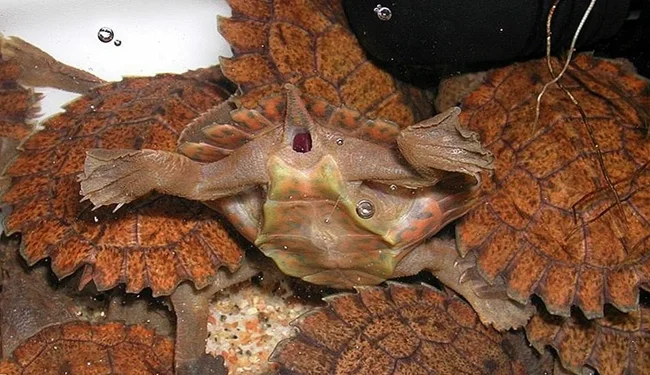
I'm not farting! I'm breathing!
In the butt of reptiles, peculiar "lungs" have appeared - cloacal sacs. They are lined with a bursa - a special tissue that is permeated with blood vessels and papillae. You know what muscles turtles use to pump water back and forth. Due to constant circulation, the cloacal bags work like gills. Only on the other hand... 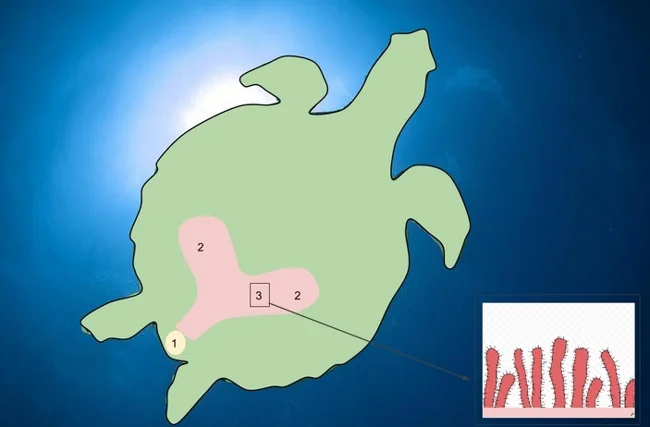
This is what that thief's pocket looks like...
Thanks to this, aquatic turtles are able to stay in the water for days! For example, the Fitzroy river turtle receives from 40 to 70% of oxygen thanks to rear-wheel breathing! And the efficiency of gas exchange increases by 16 times!

